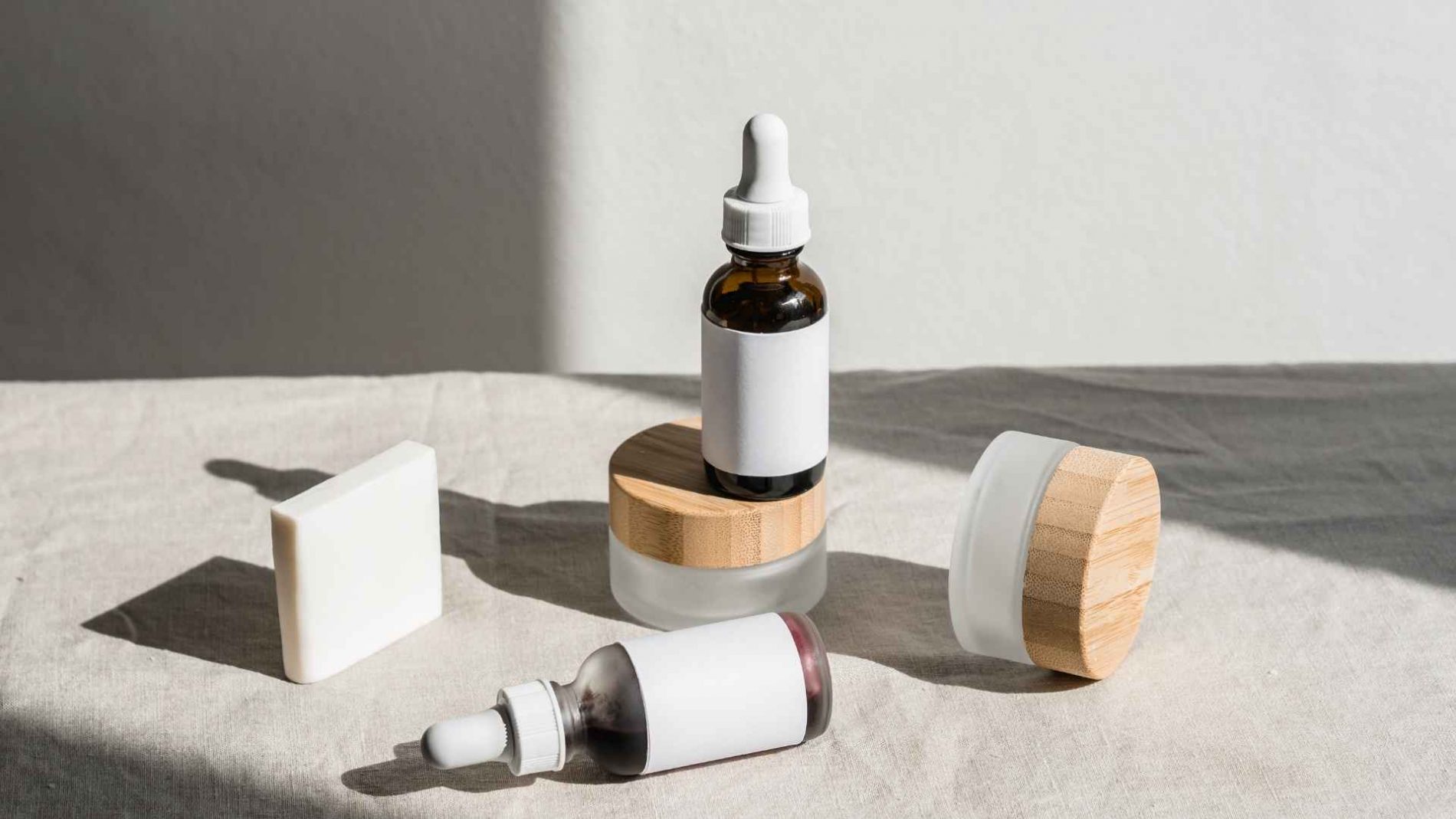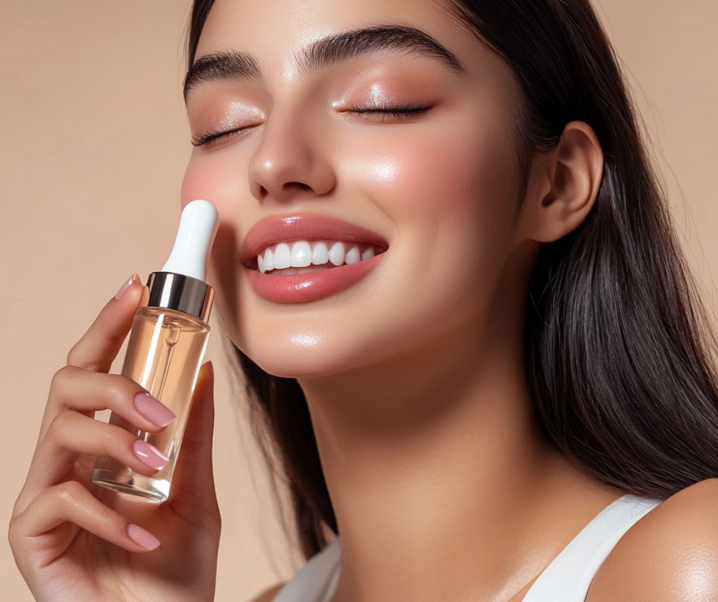AHA/BHA/PHA are chemical exfoliants in skincare. Chemical exfoliants are acids that react with the skin and aid in removal of dead cells and excess oils that dull the skin, cause blemishes and clog pores. They also aid in breaking the skin cell bond, resulting in rejuvenation of skin and subsequently, smoother skin. AHA/BHA/PHA are the three main categories of these chemical exfoliants and are differentiated by their ability to penetrate the skin and also how gentle they are. Let’s dive into this skincare trend!
What are AHA/BHA/PHA?
Alpha Hydroxy Acids (AHAs)
Derived from fruits, AHAs are capable of dissolving in water and working on the skin’s surface to improve texture and firmness without any side effects. They also encourage cell growth and aid in the production of collagen. Extremely gentle on the skin, they are perfect for people with sensitive skin.
Beta Hydroxy Acids (BHAs)
BHA’s are oil-soluble and this means these acids penetrate deeper into the skin and apart from improving skin texture they also control the production of sebum and unclog pores. BHAs are a great option for those with acne-prone/oily skin.
Poly Hydroxy Acids (PHAs)
PHA molecules are much larger than BHA, therefore they aren’t capable of penetrating the skin as much. This makes them great for extremely sensitive skin as they only work on a very superficial level. Additionally, they are extremely gentle, mild and hydrating making them perfect for dry skin as well.
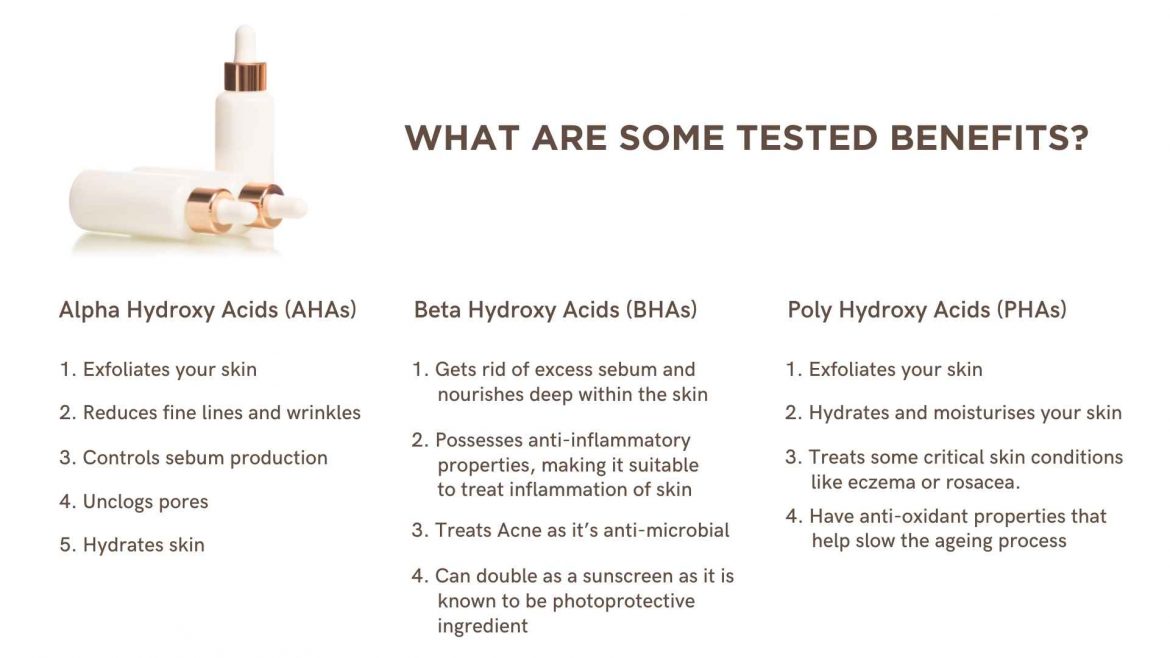
How To Use AHA/BHA/PHA?
When it comes to these skincare acids, opt for extremely mild formulas-especially if you’re a beginner. Formulations that have a concentration that is too high must not be used as regularly as the other. Only apply them a limited number of times a week. Having said that, you can up your concentration level once your skin has gotten used to it.
Always moisturise your skin before you apply the acids. If you’re someone who does not invest in maintaining your skin properly, these acids can be quite harmful owing to the sensitivity of badly-maintained skin.
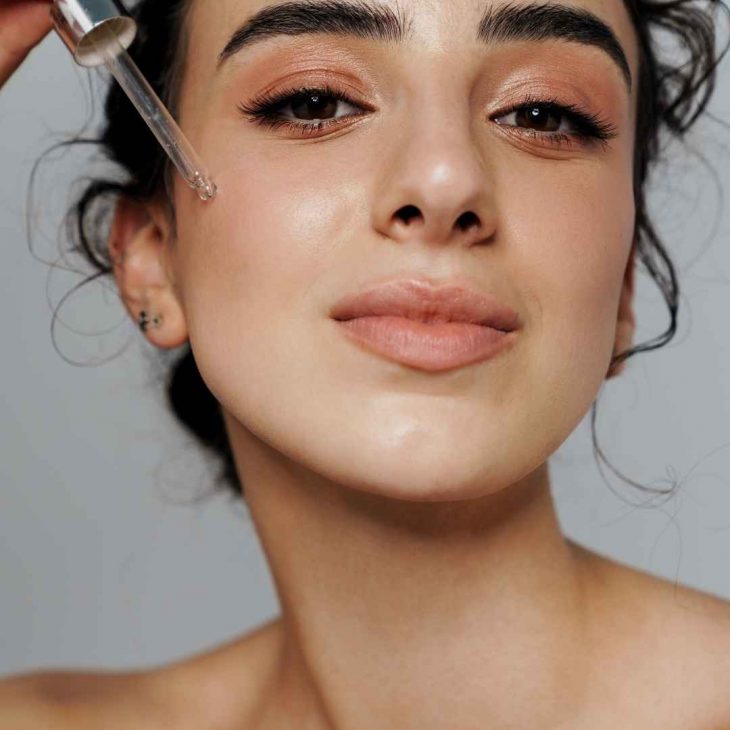
Another key point to remember is the fact that one must not venture into the sunlight after having applied any of these acids. Exfoliating acids are very effective to repair the UV rays damages but they, unfortunately, make the skin more sensitive to the sun. So don’t start using it in your skincare in the summers or if you decide to spend some time at the beach. You need to apply sunscreen during the whole treatment (minimum SPF 20, ideally SPF 50 and yes, every day, even if it’s cloudy!)
Acids are not meant to be applied on wet skin and less irritation is an after-effect of the same. Wait for at least half an hour to let your makeup settle for that flawless look! Acids products are more effective on the skin with a low pH. So, ideally, it’s better to apply your acids just after cleansing, resulting in a pH cleanser .
Skin Type To Be Used On
AHAs
Apart from being great exfoliants, AHAs are also extremely hydrating as a result of which they’re good for dry skin. Additionally, if you’re dealing with easily irritated skin, AHAs work well for sensitive skin too.
BHAs
With anti-bacterial properties and deep skin penetration capabilities, these are ideal for oily and acne-prone skin.
PHAs
PHAs are as effective as the other hydroxy acids but much milder and less likely to irritate your skin. This means if you’re someone with extremely sensitive skin, you’ll probably tolerate PHAs more than the other two acids.
Picking The Right Serum
AHA
How much AHA is needed? As a rule of thumb, the FDA recommends AHA products with an overall AHA concentration of less than 10 percent. This helps prevent side effects from AHAs
BHAs
BHAs upto 4% are ideal. However, if you’re someone who has never used BHAs before, it is not a good idea to start using 4% BHA on a daily basis. If you’re a beginner, we suggest you begin by using it once a week to assess your skin’s reaction to it before increasing the dose to twice a week.
PHAs
10% and less is the ideal range when it comes to PHAs. If you contain your use within this range you’re unlikely to experience any issues. Considering PHAs are extremely mild in nature they won’t cause any major harm to your skin even if you make a mistake in the quantity used.
How Long Does It Take To See Results?
AHAs
AHA based skin care products normally take 2-6 months to show noticeable results. Therefore, experts suggest not giving up immediately as consistency and patience is key to avoid failure of treatment.
BHAs
While healthier and fresher looking skin is an immediate result, treating breakouts and blemishes take longer. You can expect to see results in 4-6 weeks.
PHAs
PHAs-based products can take up to six weeks to show the final results. This is because skin cell turnover takes time and the results show up late on the surface.
Smytten Recommends
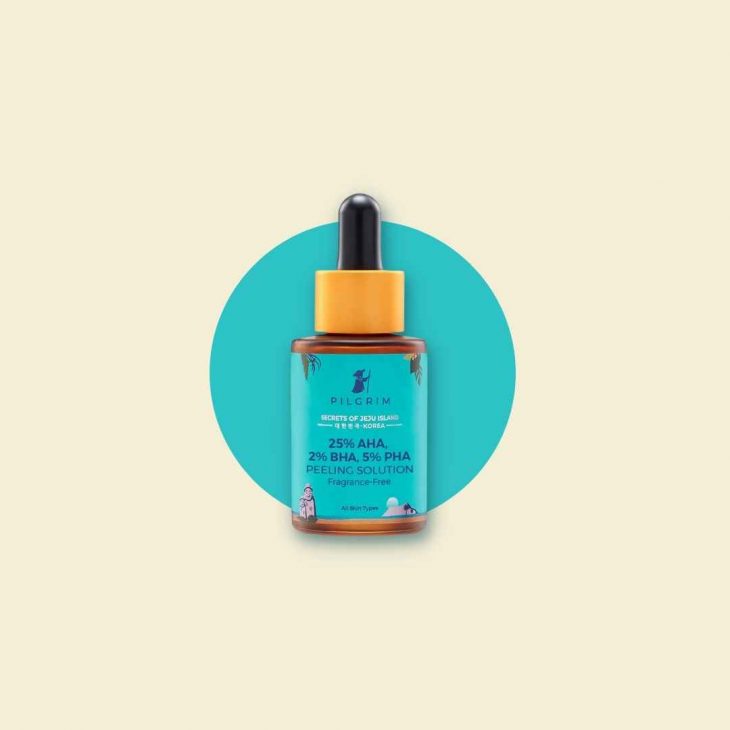
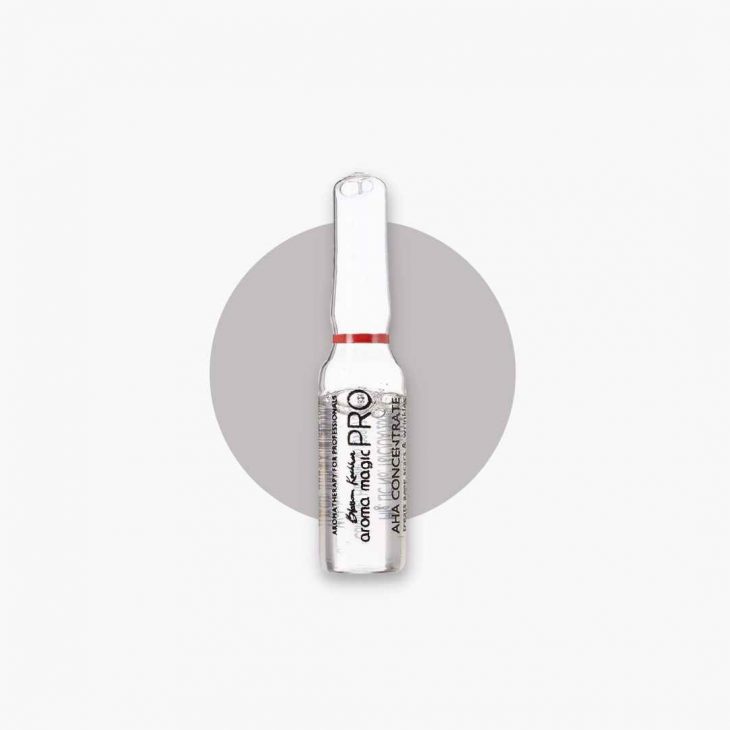
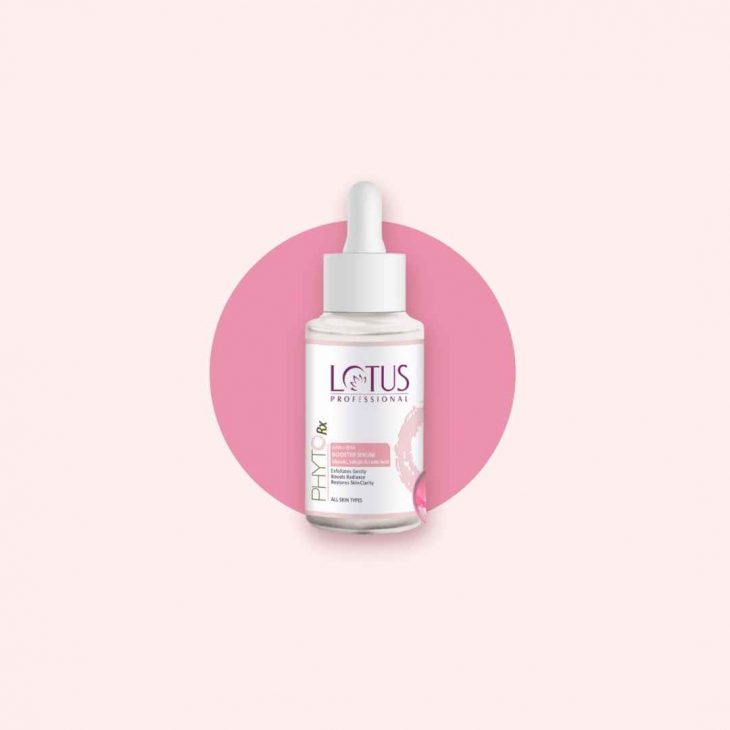
Frequently Asked Questions
1. Can you use both AHAs, BHAs and PHAs at the same time?
Yes, they can be used together, as long as they are present in the same product. Products that have all three of them in their formula usually have a balanced percentage that is safe for all skin types.
2. Is it normal to experience a tingling sensation when using these acids ?
A mild tingling sensation is quite normal when using these acids-especially when it’s your first time. This happens because AHAs have a low pH that clashes with the pH of the skin’s top layer which in turn triggers a tingling sensation. If the discomfort persists, consult your dermatologist.
3. Can I use polyhydroxy acids (PHAs) everyday?
Due to PHAs being milder than other chemical exfoliants, they are safe to use twice a day. If you’re newly introducing PHAs in your skincare routine, it’ll be ideal to add them in your nighttime routine first.
4. Can I alternate between AHAs and BHAs?
Although it is recommended to use products that are pre-formulated with both AHA and BHA, if using separately, you can switch between single concentrated products by using one type in the morning and the other during your night-time skincare routine.

